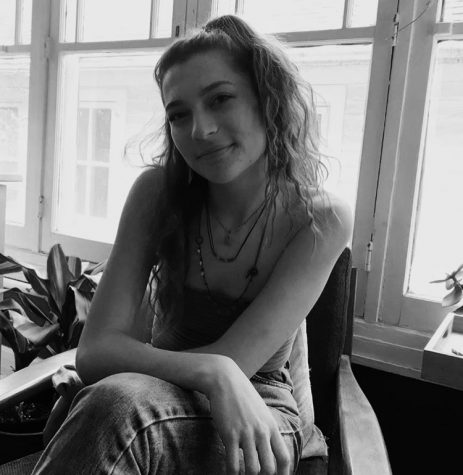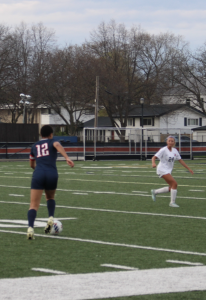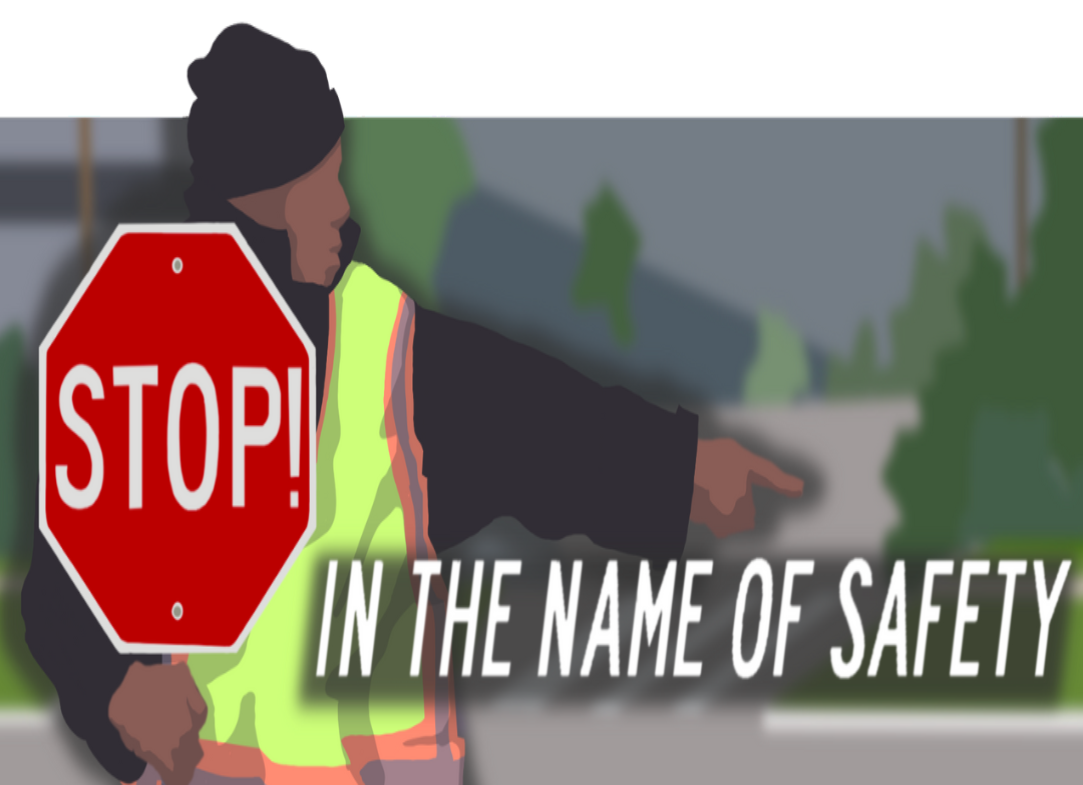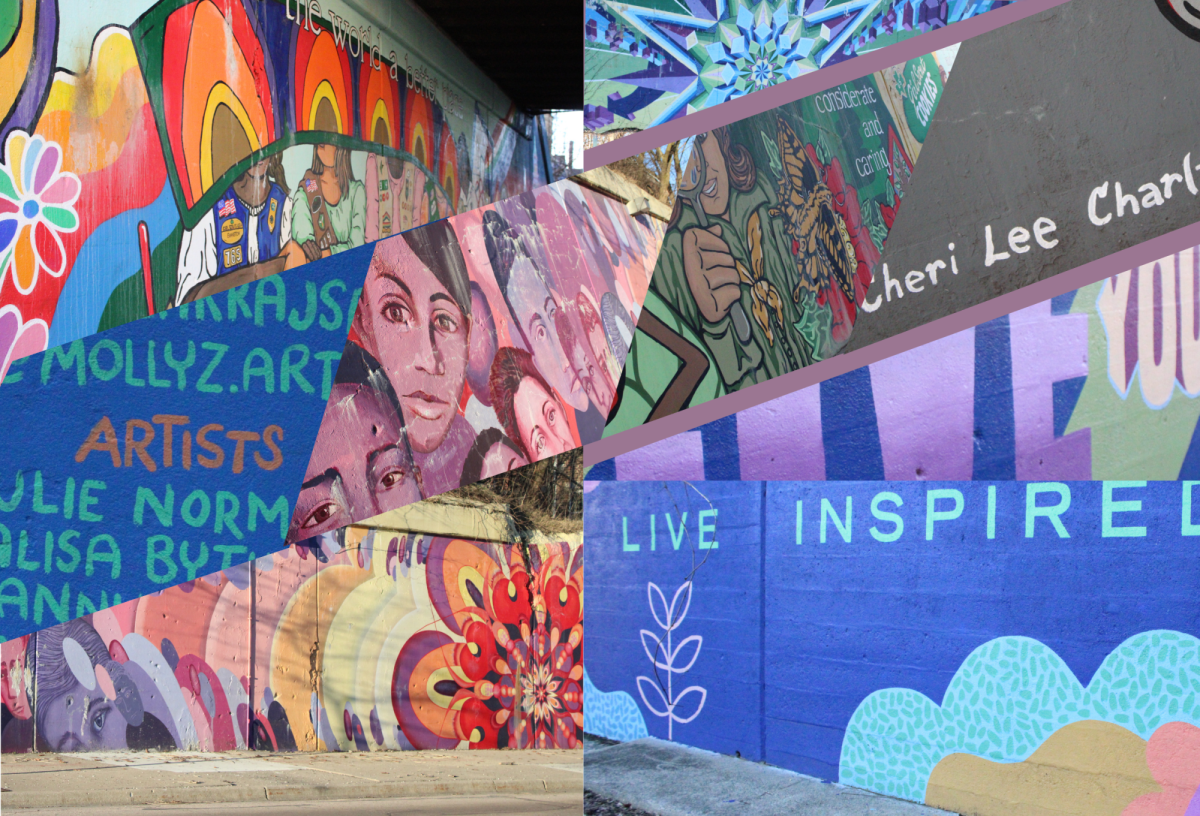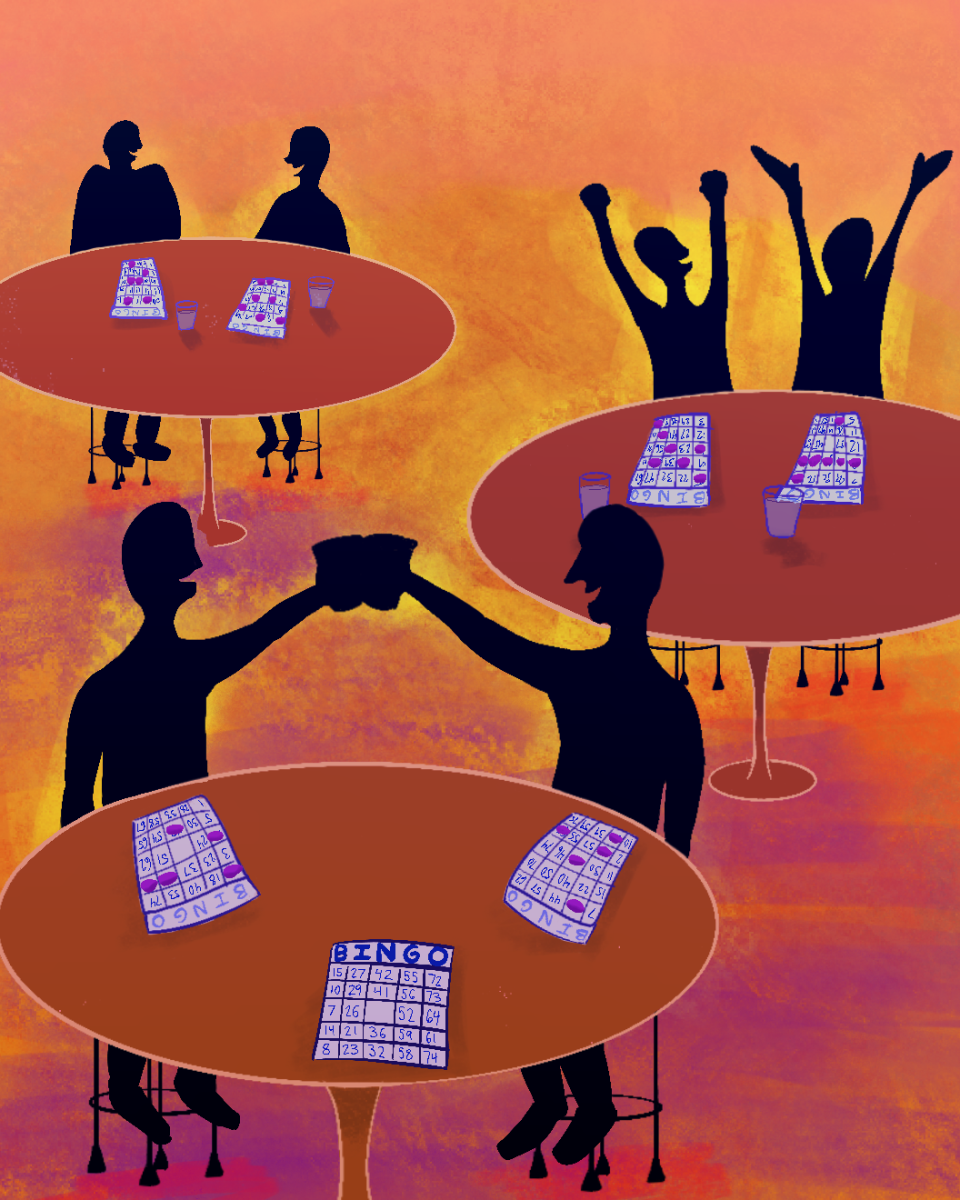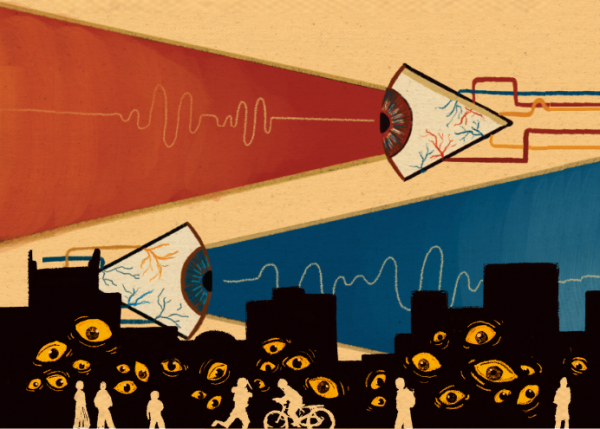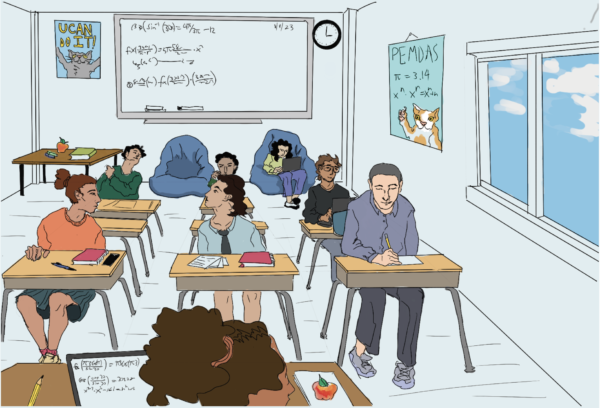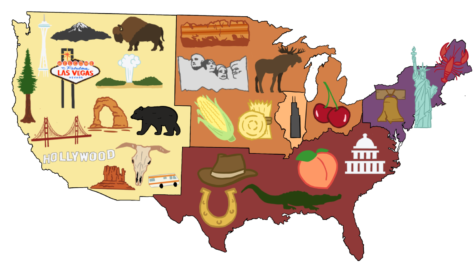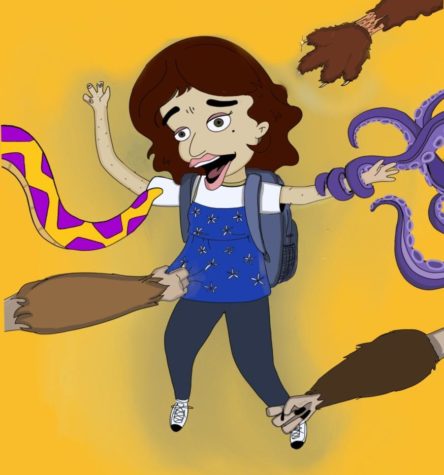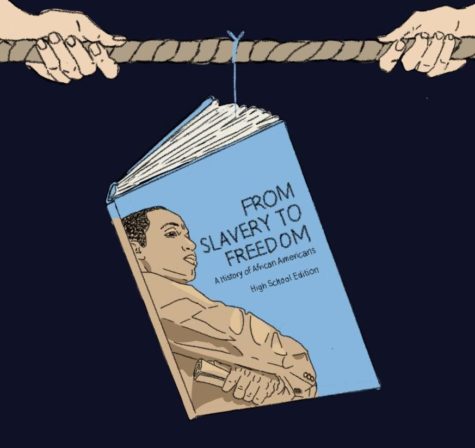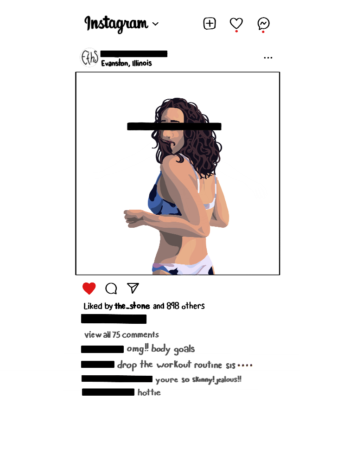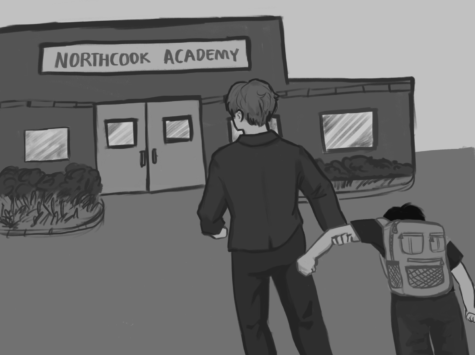Opinion: The Evanstonian’s whiteness hinders the portrayal of students of color
April 27, 2018
Receiving news is a right. Receiving accurate news, however, seems to have become more of a privilege.
Due to an overwhelmingly dominant number of white journalists compared to journalists of color, the accuracy of reporting has been skewed, as both inaccuracy and unnecessary coverage continually plagues both print and visual media.
This matter is apparent in well known news sources like the Tribune and the Times, but even trickles down to more local sources, including the Evanstonian, the very platform through which I am writing today. It’s time that we call ourselves out.
The Evanstonian acts as a platform for student voice at ETHS and is meant to convey the thoughts and realities of all students at the school. Yet, our staff is made up of 33 writers and just five of them identify as people of color. I, myself, am one of the 28 white writers and in all honesty, our unbalanced demographics are not something I consciously and continually thought about until this conversation was brought to the forefront.
We present a clear conflict in that we cannot properly carry out our duties as a paper when our staff perspective is almost entirely white.
According to ASNE, 3.95 percent of workers at a daily newspapers were minorities in 1978. Though the matter has improved, in 2015 minorities still only made up 12.76 percent of the newspaper workforce.
A primarily white staff inevitably translates to a primarily white perspective, making it so that the news we produce unconsciously perpetuates inequality, underrepresentation and prejudice of marginalized groups.
Before each issue, the writers of the Evanstonian reach out to their beat, someone in the school or community that will give us timely and newsworthy information regarding the school and Evanston as whole.
Even with this beat system in place, our decisions regarding what we report on and how we report it is not entirely equitable or accurate. Our staff’s whiteness, regrettably, has resulted in a weighty emphasis on white student artists, athletes and voice in general.
If we and other media outlets continue to represent only the white perspective, we will continue perpetuating a cycle of not only underrepresentation but misrepresentation for people of color.
We cannot excuse ourselves from this issue; we produce an abundance of stories regarding varsity sports, new clubs and pop culture anomalies, but to what extent are we fulfilling our duty of representing students of color, the 56 percent of the student body?
Take the March 23 issue for example; we published a three page spread that examined topics under the overarching theme of school safety.
We reported on the walkout that took place at ETHS on March 14, provided differing opinions on how to prevent school shootings, examined measures taken to maintain safety around Chicago schools and contributed an article that underscored how one’s identity can affect their feeling of security within school.
All of these stories stemmed from the hot topic surrounding that issue’s release date and now: gun violence. Each writer who contributed to the March 23 issue was white.
It is no secret that gun violence disproportionately affects communities of color, yet only white staff members spoke to the issue. It is important that we check ourselves and question whether or not we have struck a balance between reporting on important events and allowing for POC to speak their truth.
The Evanstonian’s authority contributes to this racial disparity as well. Although our adviser has been a person of color the past 31 years, our editors have been prominently white throughout our paper’s history.
This year, we have seven executive editors and five of them are white. Three of these seven editors hold the role of collaborating with the writers and editing stories; these three execs are all white.
Racial disparities in the newsroom is not a new occurrence. Such misrepresentation has roots throughout history. In the 1920’s, journalists reported on the KKK in such a way that consequently, hundreds of thousands of people joined the organization. During the civil rights movement, southern news outlets used their platform to promote segregation.
Today, we see these issues manifest themselves in the skewed way that many white reporters portray black victims of police brutality, painting victims as suspicious rather than abused.
The media made sure that the public knew that Trayvon Martin had been suspended three times before he was murdered, putting this fact in the headlines of stories that reported on his death.
However, simultaneously the media characterizes white predators and murderers as formerly honorable humans, informing readers of their notable achievements.
Perhaps the Evanstonian has not reached these extremities, regardless, however, our reporting on the people and the happenings of ETHS needs improvement.
There is no definite answer to explaining why the Evanstonian is so white. However, I believe it stems from a cyclical lack of outreach to a broader group of students.
It is clear that segregation has manifested within our diverse environment. Therefore, when a couple white student journalists spread the word about the Evanstonian, it is likely that the conversation is flowing among other white students.
As a consequence of recruiting white Evanston students, the Evanstonian has turned into a symbol of white liberalism. We lack the voices of students of different races, classes, sexualities and political views.
The Evanstonian needs to expand their outreach to writers of different backgrounds. However, noting that we can’t ask students of color to speak for an entire community, it is crucial that we do not perpetuate a culture of tokenism when going about this.
Instead, the Evastonian should revise their guest writing policies, allowing for more room for guest writers. This could result in publishing more works of students of color for the remainder of the year.
In the past, our recruitment process meant speaking to English classes about what the Evanstonian was and providing them reasons to join. It is clear now, that this is not enough.
It is our duty to break the cycle of recruiting solely white writers by making an effort to talk to more diverse classes, such as reaching out to the Bilingual Program.
The Evanstonian is supposed to be the voice of ETHS, but in reality acts as the voice of solely white students. Just because we are the paper of a diverse school, does not mean we can be excused from this issue.

